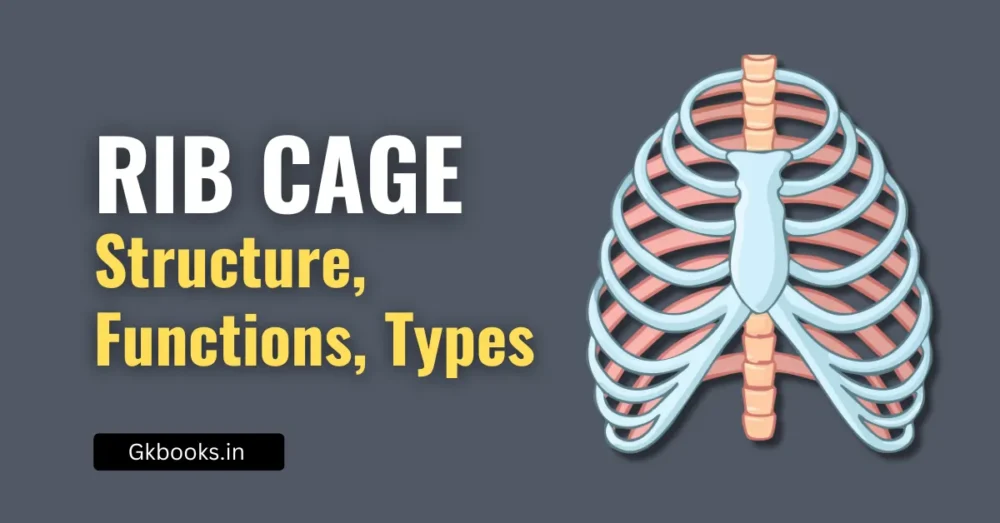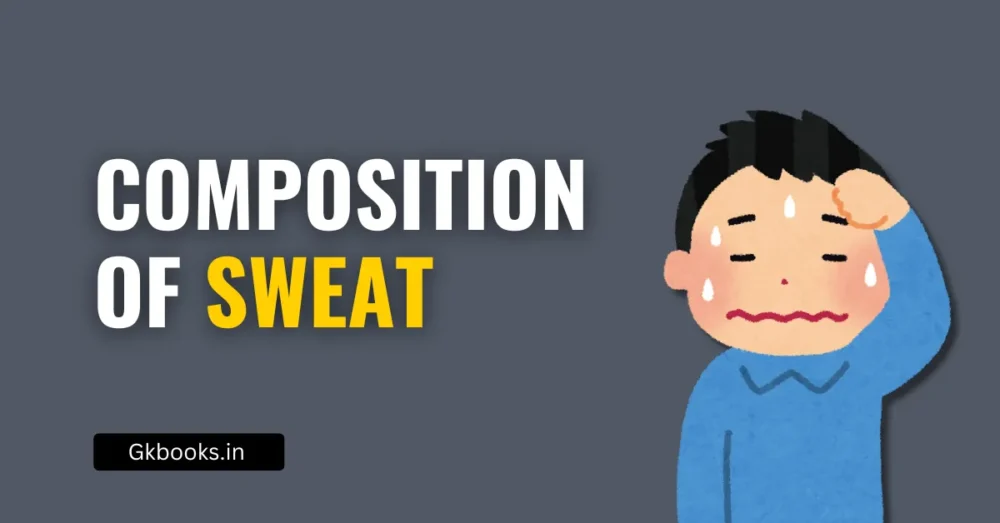Have you ever wondered how plants breathe? Just like humans have lungs, plants have tiny openings called stomata that help them exchange gases. But who controls these stomata? That’s where guard cells come into play! These tiny cells act like security guards, opening and closing the stomata to help plants survive. Let’s dive deeper into the world of guard cells!
What Are Guard Cells?
Guard cells are specialized cells found in the epidermis (outer layer) of leaves. They are responsible for regulating the opening and closing of stomata, which are small pores on the leaf surface. These cells play a crucial role in maintaining the plant’s water balance and allowing it to exchange gases with the environment.
Structure of Guard Cells
- Shape: Guard cells are bean-shaped in dicot plants and dumbbell-shaped in monocot plants.
- Cell Wall: The inner walls of guard cells are thicker than the outer walls. This helps in opening and closing the stomata.
- Chloroplasts: Unlike other epidermal cells, guard cells contain chloroplasts, which help in photosynthesis.
- Location: Found on the lower surface of leaves in most plants to reduce water loss.
| Feature | Guard Cells |
|---|---|
| Shape | Bean-shaped (dicots), Dumbbell-shaped (monocots) |
| Wall Thickness | Inner wall thick, outer wall thin |
| Chloroplasts | Present (help in photosynthesis) |
| Function | Control stomatal opening and closing |
| Location | Lower surface of leaves |
Functions of Guard Cells
Guard cells have several important functions:
- Regulate Stomatal Opening and Closing: They control gas exchange by opening and closing the stomata.
- Prevent Water Loss: When the plant is losing too much water, guard cells close the stomata to conserve moisture.
- Allow Carbon Dioxide Intake: They open the stomata to let in carbon dioxide (CO₂) for photosynthesis.
- Release Oxygen: Plants release oxygen (O₂) through the stomata, which is essential for all living beings.
- Help Maintain Temperature: Guard cells help in transpiration, which cools the plant.
How Do Guard Cells Work?
The opening and closing of stomata depend on the movement of water in and out of guard cells.
Opening of Stomata
- During the daytime, plants perform photosynthesis, which requires CO₂.
- Guard cells absorb water and swell up (become turgid).
- This causes the stomata to open, allowing gas exchange.
Closing of Stomata
- When there is less water (such as during hot, dry conditions), guard cells lose water and shrink.
- This causes the stomata to close, preventing excess water loss.
Factors Affecting Guard Cell Functioning
- Light: Stomata usually open in light and close in darkness.
- Water Availability: More water = Open stomata, Less water = Closed stomata.
- Temperature: High temperatures can lead to stomatal closure to prevent water loss.
- Carbon Dioxide Levels: High CO₂ levels inside the leaf cause stomata to close.
Why Are Guard Cells Important?
Guard cells are essential for the survival of plants because they help in:
✅ Photosynthesis – Allowing CO₂ entry for making food.
✅ Transpiration – Helping in cooling the plant.
✅ Water Conservation – Preventing excessive water loss.
✅ Oxygen Release – Providing oxygen to the environment.
Quick Revision – Key Points to Remember!
- Guard cells control the opening and closing of stomata.
- They are bean-shaped in dicots and dumbbell-shaped in monocots.
- They contain chloroplasts, unlike other epidermal cells.
- They open the stomata when they are full of water (turgid) and close when they lose water (flaccid).
- They play a vital role in photosynthesis, transpiration, and gas exchange.
Conclusion
Guard cells may be tiny, but their role in plant life is HUGE! By controlling stomata, they ensure plants get the right balance of gases and water. Without guard cells, plants wouldn’t be able to survive properly. Next time you see a green leaf, remember the tiny gatekeepers that keep the plant healthy and strong!
🌱 Keep Learning! Keep Growing! 🌱







